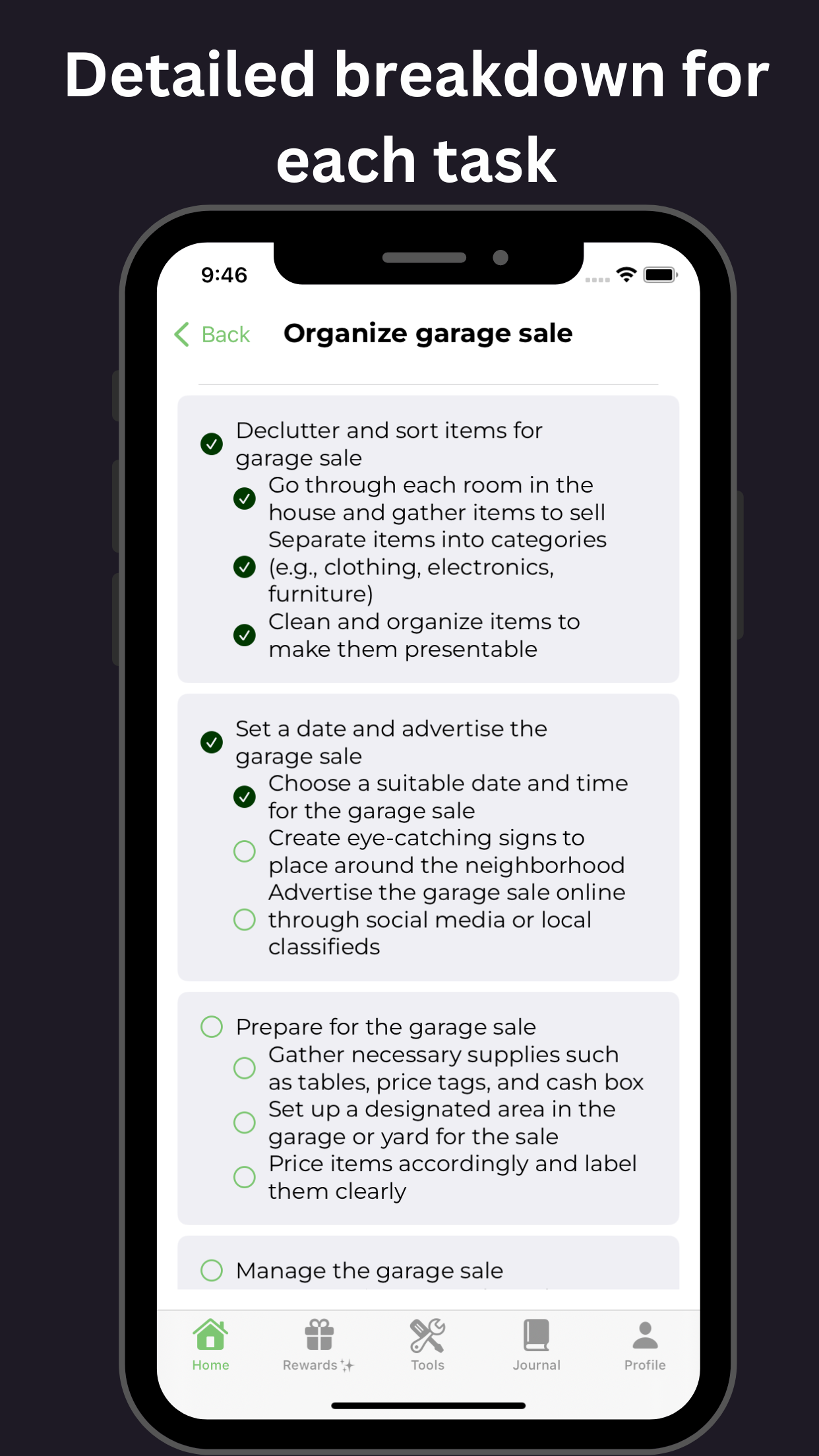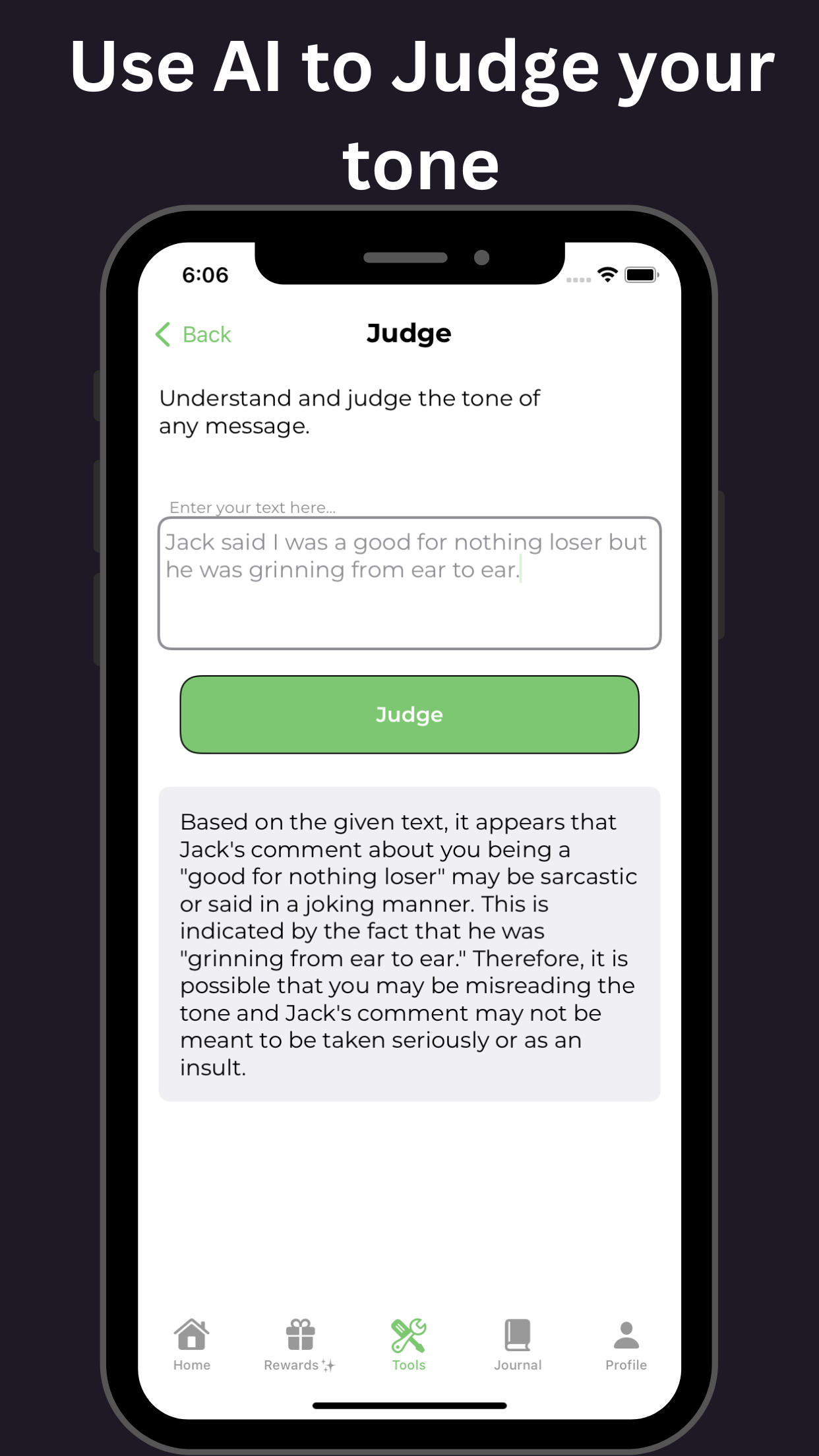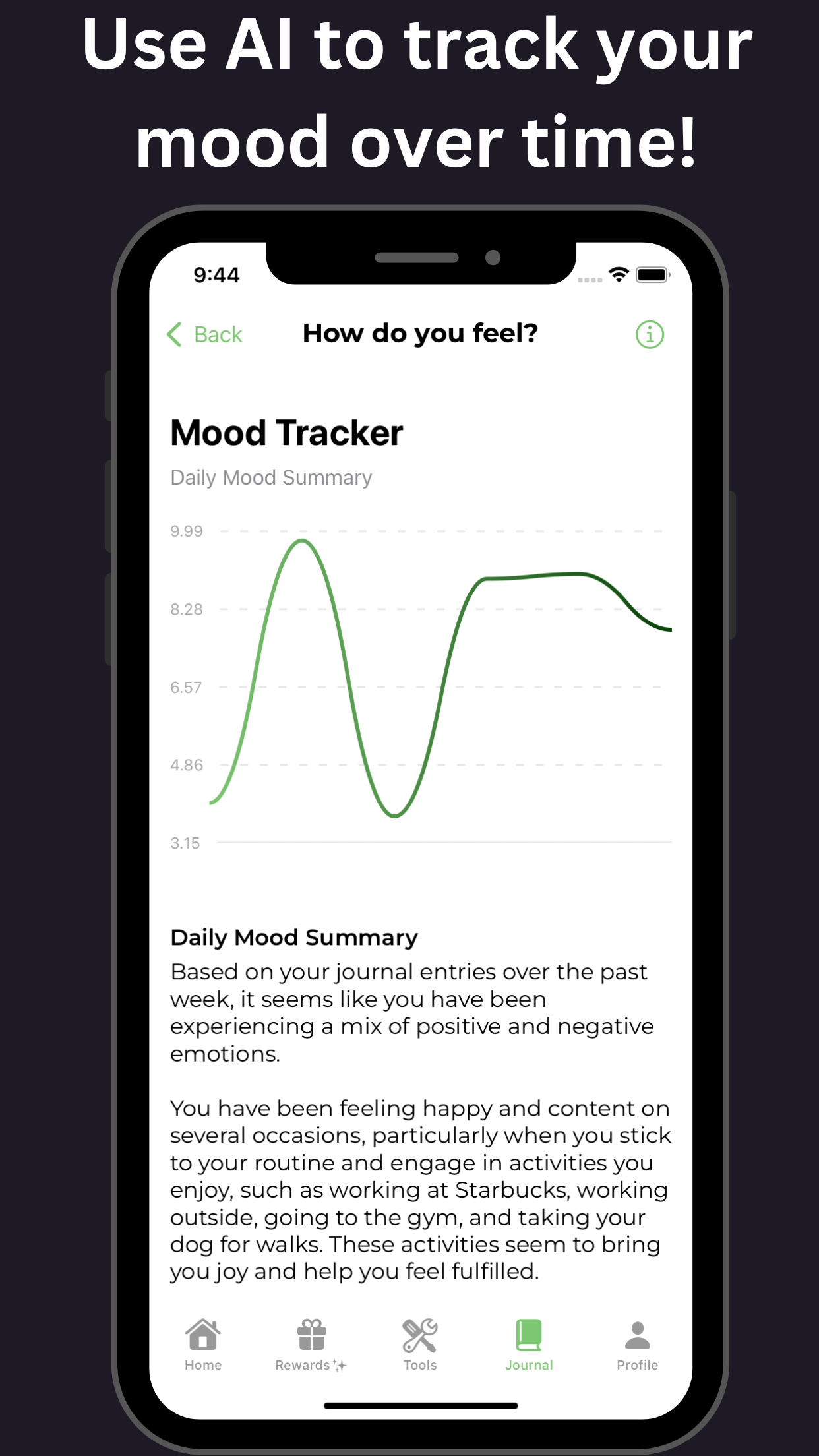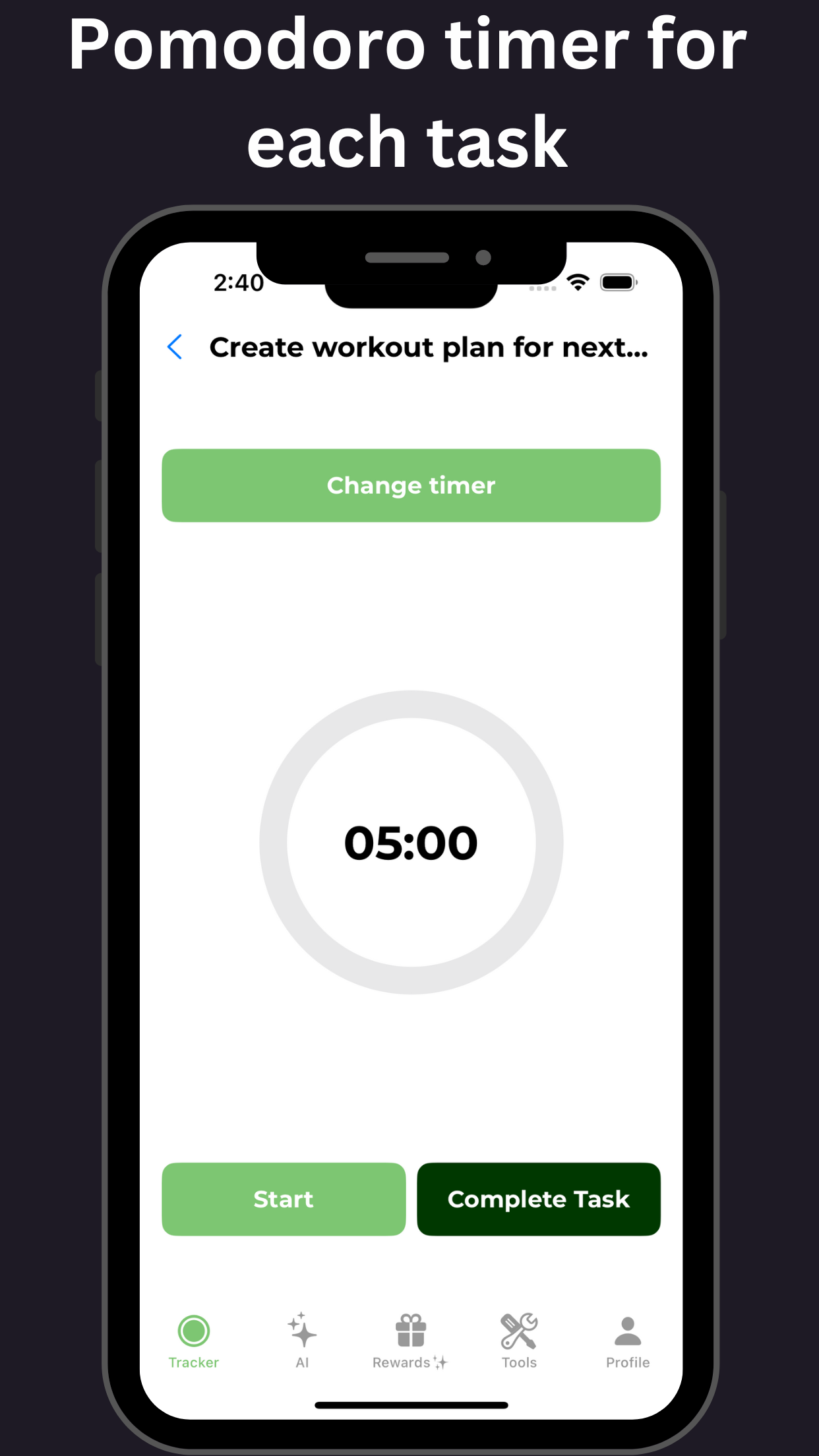Understanding ADHD Diagnosis: DSM-5 Code 314.00 and 314.01 Guidelines
Key Takeaways
| Category | DSM-5 Criteria | Description |
|---|---|---|
| ADHD Diagnosis | 314.00 (F90.9) | Attention Deficit Hyperactivity Disorder |
| Combined Type | 314.01 (F90.0) | Meets both Criteria A and Criteria B for inattention and hyperactivity-impulsivity |
| Predominantly Inattentive Type | 314.00 (F90.1) | Meets Criteria A for inattention but not Criteria B for hyperactivity-impulsivity |
| Predominantly Hyperactive-Impulsive Type | 314.01 (F90.2) | Meets Criteria B for hyperactivity-impulsivity but not Criteria A for inattention |
| Other Specified ADHD | 314.01 (F90.8) | Symptoms of ADHD that do not meet full criteria for ADHD |
| Unspecified ADHD | 314.01 (F90.9) | Full criteria for ADHD not met, but symptoms are present |
Introduction to ADHD Diagnosis and DSM-5 Codes
Unlocking ADHD Diagnosis: A Comprehensive Guide to DSM-5 Codes Attention Deficit Hyperactivity Disorder (ADHD) is a neurodevelopmental disorder that affects millions of individuals worldwide. Accurate diagnosis is crucial, and the Diagnostic and Statistical Manual of Mental Disorders, 5th Edition (DSM-5) provides the framework for healthcare professionals to identify and treat ADHD. This article delves into the world of ADHD diagnosis and DSM-5 codes, providing a detailed understanding of the diagnostic process and the significance of DSM-5 codes in ADHD diagnosis. Discover the different types of ADHD, diagnostic criteria, and corresponding DSM-5 codes, empowering you to take control of your ADHD journey. Whether you’re a parent, educator, or healthcare professional, this article is your ultimate guide to navigating ADHD diagnosis and DSM-5 codes.

Understanding DSM-5 Diagnostic Criteria for ADHD
"Unlocking ADHD Diagnosis: A Comprehensive Guide to DSM-5 Diagnostic Criteria and DSM 5 Code"
The Diagnostic and Statistical Manual of Mental Disorders, 5th Edition (DSM-5) provides a standardized framework for diagnosing Attention Deficit Hyperactivity Disorder (ADHD). Accurate diagnosis relies on understanding the DSM-5 diagnostic criteria for ADHD, including the DSM 5 code. By grasping these guidelines, clinicians can identify and treat ADHD more effectively. The DSM-5 outlines three subtypes of ADHD: Predominantly Inattentive Type, Predominantly Hyperactive-Impulsive Type, and Combined Type. To meet the diagnostic threshold, an individual must exhibit at least five symptoms from either the inattention or hyperactivity-impulsivity categories, or both. The DSM 5 code for ADHD is 314.00 (ADHD, Predominantly Inattentive Type), 314.01 (ADHD, Predominantly Hyperactive-Impulsive Type), or 314.01 (ADHD, Combined Type). By familiarizing themselves with the DSM-5 diagnostic criteria and DSM 5 code for ADHD, clinicians can provide accurate diagnoses and personalized treatment plans for individuals struggling with this neurodevelopmental disorder.
DSM-5 Changes: Attention Deficit Hyperactivity Disorder (ADHD)
The Diagnostic and Statistical Manual of Mental Disorders, 5th Edition (DSM-5) introduced significant changes to the diagnosis and coding of Attention Deficit Hyperactivity Disorder (ADHD). The adhd diagnosis dsm 5 code is now categorized into three subtypes: ADHD-PI (Predominantly Inattentive Type), ADHD-HI (Predominantly Hyperactive-Impulsive Type), and ADHD-C (Combined Type). The DSM-5 eliminated the previous DSM-IV criteria of requiring ADHD symptoms to be present before age 7, and instead, requires several symptoms to be present in two or more settings before the age of 12. Additionally, the DSM-5 added a severity specifier (Mild, Moderate, or Severe) to further define the level of impairment. The updated adhd diagnosis dsm 5 code allows for more accurate identification and treatment of ADHD, ensuring individuals receive tailored support to manage their symptoms and improve daily functioning.
DSM-5 Diagnostic Codes for ADHD: ICD-10-CM Multiple Codes
Here is a summary about DSM-5 Diagnostic Codes for ADHD:
"The Diagnostic and Statistical Manual of Mental Disorders, 5th Edition (DSM-5) provides standardized diagnostic codes for Attention Deficit Hyperactivity Disorder (ADHD). For an accurate ADHD diagnosis DSM 5 code, clinicians use the ICD-10-CM coding system, which assigns multiple codes depending on the subtype and severity of ADHD symptoms. The ICD-10-CM codes for ADHD diagnosis DSM 5 code are: F90.0 (Attention deficit hyperactivity disorder, predominantly inattentive type), F90.1 (Attention deficit hyperactivity disorder, predominantly hyperactive-impulsive type), and F90.2 (Attention deficit hyperactivity disorder, combined type). Clinicians may also assign additional codes for comorbid conditions or severity specifiers. Accurate DSM-5 diagnostic coding is crucial for insurance reimbursement, treatment planning, and research purposes. Understanding ADHD diagnosis DSM 5 codes is essential for healthcare providers and individuals seeking an ADHD diagnosis."
Symptoms and Diagnosis of ADHD: DSM-5 Criteria for Children and Adults
Accurate Diagnosis of ADHD: Understanding DSM-5 Criteria for Children and AdultsADHD diagnosis DSM 5 code is a crucial aspect of identifying and treating Attention Deficit Hyperactivity Disorder. The Diagnostic and Statistical Manual of Mental Disorders, 5th Edition (DSM-5) provides specific criteria for diagnosing ADHD in children and adults. For children (ages 4-16), a diagnosis of ADHD requires six or more symptoms of inattention and/or hyperactivity-impulsivity, lasting at least six months. Symptoms must be present in two or more settings, such as home and school, and must clear impair daily life. In adults, five or more symptoms of inattention and/or hyperactivity-impulsivity must be present, lasting at least five months. The symptoms must also be severe enough to impair daily life. The ICD-10 code for ADHD is F90, while the ICD-10-CM code is F90.9. The ADHD diagnosis DSM 5 code is 314.00 (ADHD-PI), 314.01 (ADHD-HI), and 314.01 (ADHD-C). Early diagnosis and accurate identification of ADHD symptoms are crucial for effective treatment and management. By understanding the DSM-5 criteria for ADHD diagnosis, individuals can receive the proper support and care they need to thrive.
Inattention and Hyperactivity-Impulsivity Symptoms in DSM-5
Here is a summary about Inattention and Hyperactivity-Impulsivity Symptoms in DSM-5 for a blog article about ADHD diagnosis DSM-5 code:
"According to the Diagnostic and Statistical Manual of Mental Disorders, 5th Edition (DSM-5), Attention Deficit Hyperactivity Disorder (ADHD) is characterized by two primary symptom domains: Inattention and Hyperactivity-Impulsivity. For an ADHD diagnosis, DSM-5 code 314.00, an individual must exhibit at least five symptoms of either inattention or hyperactivity-impulsivity, or both, in two or more settings (e.g., home, school, work). Inattention symptoms include difficulty sustaining attention, following through on tasks, or avoiding tasks that require mental effort. Hyperactivity-Impulsivity symptoms involve fidgeting, feeling restless, interrupting others, or blurting out answers. By understanding these distinct symptom domains and the DSM-5 criteria, individuals can better navigate the ADHD diagnosis process and access appropriate treatment and support."
Diagnosis of ADHD in Children and Adolescents according to DSM-5
Accurate Diagnosis of ADHD in Children and Adolescents: Understanding DSM-5 Criteria and ADHD Diagnosis DSM 5 Code
The diagnosis of Attention Deficit Hyperactivity Disorder (ADHD) in children and adolescents requires a comprehensive approach, as outlined in the Diagnostic and Statistical Manual of Mental Disorders, 5th Edition (DSM-5). The DSM-5 provides specific guidelines for diagnosing ADHD, which is essential for developing effective treatment plans.
DSM-5 Criteria for ADHD Diagnosis
To meet the diagnostic criteria for ADHD, children and adolescents must exhibit a persistent pattern of inattention and/or hyperactivity-impulsivity that interferes with functioning or relationships. The DSM-5 identifies three subtypes of ADHD:
- ADHD-PI (Predominantly Inattentive Type): Characterized by six or more symptoms of inattention, such as difficulty sustaining attention or following instructions.
- ADHD-HI (Predominantly Hyperactive-Impulsive Type): Characterized by six or more symptoms of hyperactivity-impulsivity, such as fidgeting or interrupting others.
- ADHD-C (Combined Type): Characterized by six or more symptoms of both inattention and hyperactivity-impulsivity.
ADHD Diagnosis DSM 5 Code
The ICD-10-CM codes for ADHD are:
- F90.0: Attention deficit hyperactivity disorder, predominantly inattentive type (ADHD-PI)
- F90.1: Attention deficit hyperactivity disorder, predominantly hyperactive type (ADHD-HI)
- F90.2: Attention deficit hyperactivity disorder, combined type (ADHD-C)
Comprehensive Diagnostic Evaluation
A comprehensive diagnostic evaluation for ADHD should include:
- Clinical interviews with the child, parents, and teachers
- Behavioral rating scales and questionnaires (e.g., Vanderbilt Assessment Scale, Conners’ Rating Scales)
- Observations of the child’s behavior
- Review of the child’s medical and psychological history
By following the DSM-5 guidelines and using the ADHD diagnosis DSM 5 code, healthcare professionals can ensure accurate diagnoses and develop effective treatment plans for children and adolescents with ADHD.
DSM-5 Criteria for ADHD in Adults: What to Expect
Here is a summary about the topic DSM-5 Criteria for ADHD in Adults:
"Accurately diagnosing ADHD in adults can be a complex process, and the DSM-5 criteria provide a standardized framework for healthcare professionals to follow. According to the DSM-5, ADHD diagnosis in adults requires a comprehensive evaluation of symptoms, behavior, and psychological functioning. To meet the criteria, adults must exhibit at least five symptoms of inattention and/or hyperactivity-impulsivity in two or more settings, such as at home, work, or in social situations. The DSM-5 codes for ADHD diagnosis are F90.9 for combined type, F90.0 for predominantly inattentive type, and F90.1 for predominantly hyperactive-impulsive type. A comprehensive diagnostic evaluation typically involves a thorough medical and psychological history, observer reports, and behavioral rating scales. With the correct application of DSM-5 criteria and diagnostic codes, healthcare professionals can provide accurate diagnoses and effective treatment plans for adults with ADHD. Learn more about the DSM-5 criteria for ADHD diagnosis in adults and how they can inform effective treatment strategies."
This summary incorporates the target long-tail keyword “ADHD diagnosis DSM 5 code” and provides a concise overview of the topic, highlighting the key elements of DSM-5 criteria for ADHD diagnosis in adults.
How to Apply DSM-5 Diagnostic Criteria for ADHD in Clinical Practice
"Accurately Diagnosing ADHD: A Step-by-Step Guide to Applying DSM-5 Diagnostic Criteria in Clinical Practice"
The Diagnostic and Statistical Manual of Mental Disorders, 5th Edition (DSM-5) provides specific guidelines for diagnosing Attention Deficit Hyperactivity Disorder (ADHD). To ensure accurate diagnosis and effective treatment, clinicians must understand how to properly apply DSM-5 diagnostic criteria for ADHD in clinical practice. In this article, we will delve into the specifics of ADHD diagnosis DSM 5 code and provide a comprehensive guide on how to accurately diagnose ADHD using the DSM-5 criteria.
By the end of this article, clinicians will be able to:
- Identify the three subtypes of ADHD as outlined in the DSM-5
- Understand the specific diagnostic criteria for ADHD, including symptoms, severity levels, and age of onset
- Learn how to accurately diagnose ADHD using the DSM-5 diagnostic criteria
- Apply the DSM-5 coding system to assign accurate diagnoses and plan effective treatment
- Implement strategies for documenting and reporting ADHD diagnoses using the DSM-5
Mastering the application of DSM-5 diagnostic criteria for ADHD is crucial for clinicians to provide accurate diagnoses and effective treatment plans. By following this guide, clinicians can ensure they are providing the best possible care for their patients.
Conclusion: Understanding DSM-5 Codes for Accurate ADHD Diagnosis
Accurate ADHD diagnosis relies heavily on understanding DSM-5 codes. The Diagnostic and Statistical Manual of Mental Disorders, 5th Edition (DSM-5) provides standardized criteria for ADHD diagnosis, assigning specific codes for each type. For instance, DSM-5 code 314.00-1 refers to Attention Deficit Hyperactivity Disorder, Combined Presentation Type, while 314.01-1 corresponds to Predominantly Inattentive Type. Healthcare professionals must familiarize themselves with these codes to ensure precise ADHD diagnosis and effective treatment. In this article, we delve into the significance of DSM-5 codes for accurate ADHD diagnosis, highlighting their role in shaping personalized treatment plans and improving patient outcomes.
Important Sources
| DSM-5 Diagnostic Codes I Psych Central | DSM-5 Diagnostic Codes. Medically reviewed by Nicole Washington, DO, MPH — By Traci Pedersen — Updated on May 13, 2021. ... DSM-5 Changes: Attention Deficit Hyperactivity Disorder (ADHD) |
| DSM-5 Diagnostic Criteria for ADHD - AAFP | DSM-5 Diagnostic Criteria for ADHD. Symptoms and/or behaviors that have persisted ≥ 6 months in ≥ 2 settings (e.g., school, home, church). Symptoms have negatively impacted academic, social ... |
| Table 7, DSM-IV to DSM-5 Attention-Deficit/Hyperactivity Disorder ... | DSM-IV DSM-5; Disorder Class: Disorders Usually Diagnosed in Infancy, Childhood, and Adolescence: Disorder Class: Neurodevelopmental Disorders: A. Either (1) or (2): A. A persistent pattern of inattention and/or hyperactivity-impulsivity that interferes with functioning or development, as characterized by (1) and/or (2): 1. |
| Symptoms and Diagnosis of ADHD | CDC | DSM-5 Criteria for ADHD. People with ADHD show a persistent pattern of inattention and/or hyperactivity–impulsivity that interferes with functioning or development:. Inattention: Six or more symptoms of inattention for children up to age 16 years, or five or more for adolescents age 17 years and older and adults; symptoms of inattention have been present for at least 6 months, and they are ... |
| Attention-Deficit Hyperactivity Disorder DSM-5 314.01 (ICD ... - Theravive | Attention-Deficit Hyperactivity Disorder DSM-5 314.01 (ICD-10-CM Multiple Codes) ... For a diagnosis of ADHD under DSM-5, a person must display at least six symptoms, whereas those over the age of 17 years must present with five symptoms from both categories (Inattention and Hyperactivity-Impulsivity). ... |
| ADHD Diagnosis: DSM 5 Criteria for Children and Adults - PsyCom | DSM-5 Criteria for ADHD. The American Psychiatric Association’s clinical guidelines for a diagnosis of ADHD are an important tool for diagnosing ADHD in children, teens, and adults. The criteria also help pinpoint the type of ADHD. There are three: ADHD with predominately inattentive symptoms, with predominately hyperactive-impulsive symptoms ... |
| ADHD in the DSM-5: Changes and Diagnostic Criteria - Psych Central | The same primary 18 symptoms for ADHD that are used as in DSM-IV are used in the DSM-5 to diagnose ADHD. They continue to be divided into two major symptom domains: inattention and hyperactivity ... |
| Attention-Deficit/Hyperactivity Disorder (ADD, ADHD) | DSM-5 diagnostic criteria include 9 symptoms and signs of inattention and 9 of hyperactivity and impulsivity. Diagnosis using these criteria requires ≥ 6 symptoms and signs from one or each group. Also, the symptoms need to . Be present often for ≥ 6 months. Be more pronounced than expected for the child’s developmental level |
| Attention-Deficit/Hyperactivity Disorder (ADHD) 314.0X (F90.X) | 314.0X (F90.X) A. A persistent pattern of inattention and/or hyperactivity-impulsivity that interferes with functioning or development, as characterized by (1) and/or (2): 1. Inattention: Six (or more) of the following symptoms have persisted for at least 6 months to a degree that is inconsistent with developmental level and that negatively ... |









